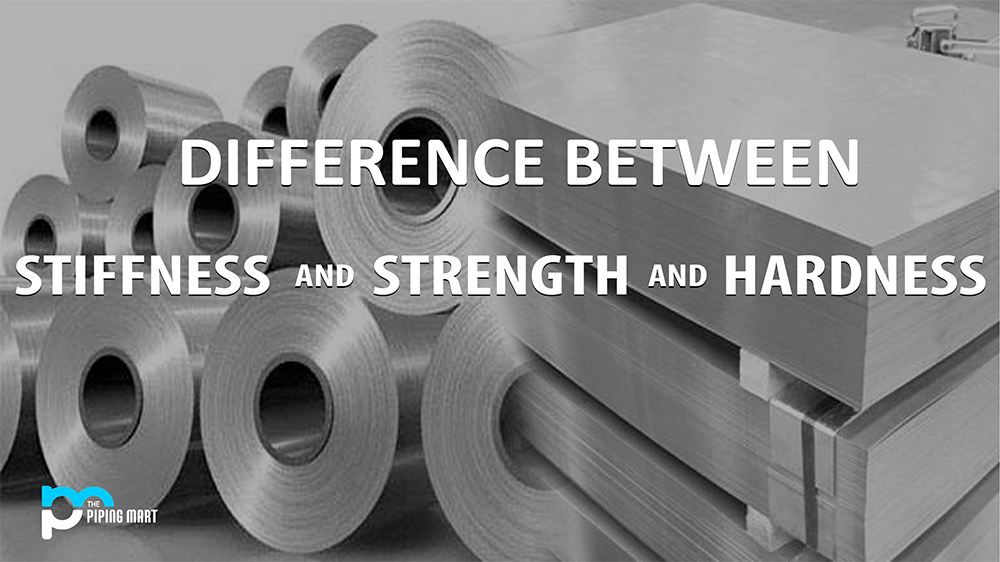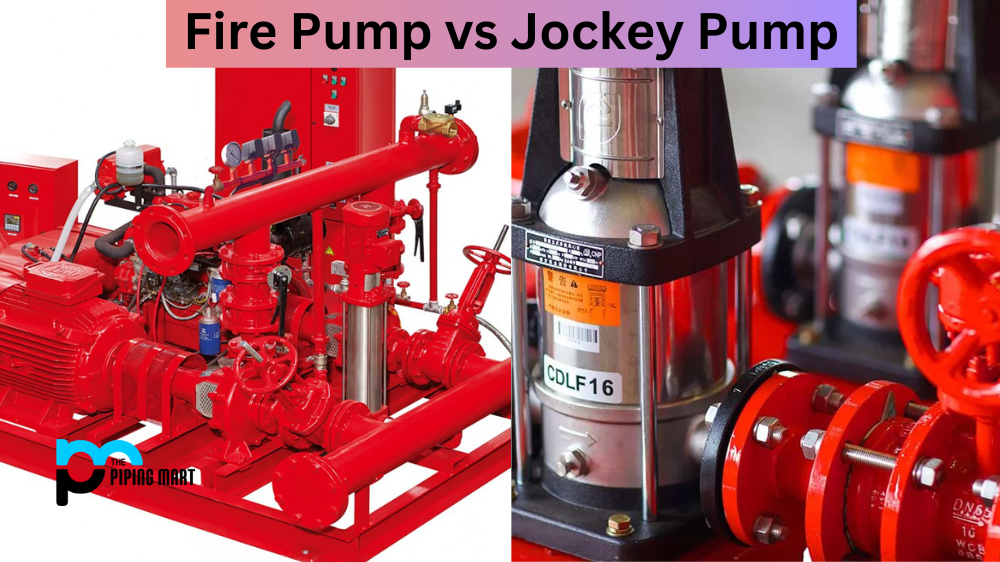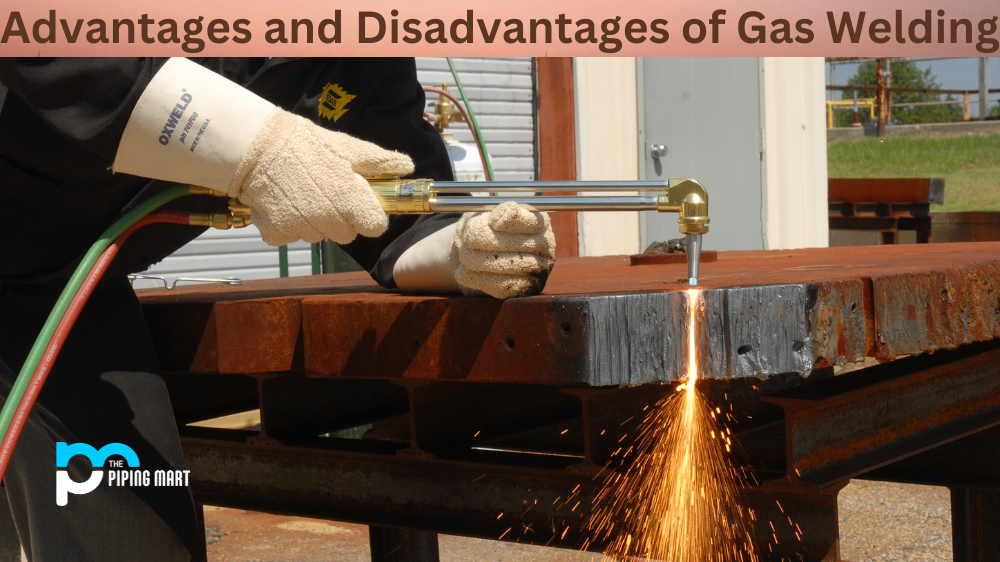Defining Stiffness
Any object or material’s stiffness can be defined as its rigidity. High-stiffness objects will resist changing shape when subjected to physical force. For instance, loose, moist clay is relatively flexible and can change shape with little pressure. Compared to damp clay, aluminum is far more rigid. Steel alloys, in contrast, have incredibly high stiffness, which enables them to withstand pressures of up to thousands of pounds per square inch (PSI) without the metal’s surface deforming.
It might seem that the strength of a metal object, like a wire basket, should be determined by its capacity to withstand pressure without bending, but this is not the case. This is also for a good reason. Young’s Modulus, often known as the Modulus of elasticity, determines stiffness. Unlike strength, which can vary from grade to grade, Young’s Modulus is constant for any particular metal and unaffected by external stresses like processing, hard work, or heat treatment.
In terms of strength vs stiffness, metal has a variable strength across the object but a constant stiffness.
Defining Strength
The amount of stress given to a material before it permanently deforms or breaks is known as its mechanical strength. This can be perplexing because a crucial aspect of determining strength and stiffness is resistance to physical deformation.
The word “permanent” is one of the significant distinctions. A strong material can bend when subjected to a force less than its maximum yield strength, but if that force is removed, the material will resume its original shape. A sturdy substance can bend without breaking and then regain its original condition.
Another significant distinction is that a material’s strength depends on its chemical makeup and whatever thermal treatments it receives while changing its size or shape. Simply put, a metal’s strength might vary based on the processes that the metal has gone through.
Defining Hardness
Hardness assesses a metal’s resistance to surface deformation, whereas the preceding two qualities were determined by the amount of stress or force a metal could withstand before becoming physically impacted. 000-++ This usually refers to a particular patch of the surface.
For instance, if you were to use a hammer to strike the surface of a piece of wood, you would be able to see an imprint or indentation of the impact site. This reveals the degree of wood hardness. On the other hand, you might declare that a thick steel beam was much more complicated than wood if you applied the same force and there was no visible deformation on the surface.
What Does the Difference Mean for My Materials?
Strength, hardness, and stiffness frequently exhibit a high association, as was already mentioned. However, the distinction can be significant, mainly when producing metal materials that will be subject to a variety of outside influences.
For instance, an exceedingly rigid material can also be highly fragile, liable to break the moment its pressure threshold is crossed. On the other hand, Robust materials usually bend before they die and rebound after the load is removed unless the force surpasses the material’s yield strength. Additionally, regardless of strength or stiffness, a material’s ability to withstand the impact of another object depends on how hard it is. To ensure that the maker of custom metal forms understands the distinction between strength, stiffness, and hardness, ask them how potent their products are.

Pipingmart is B2B portal specializes in industrial, metal and piping products. Also, share latest information and news related to products, materials and different types grades to help business dealing in this industry.




